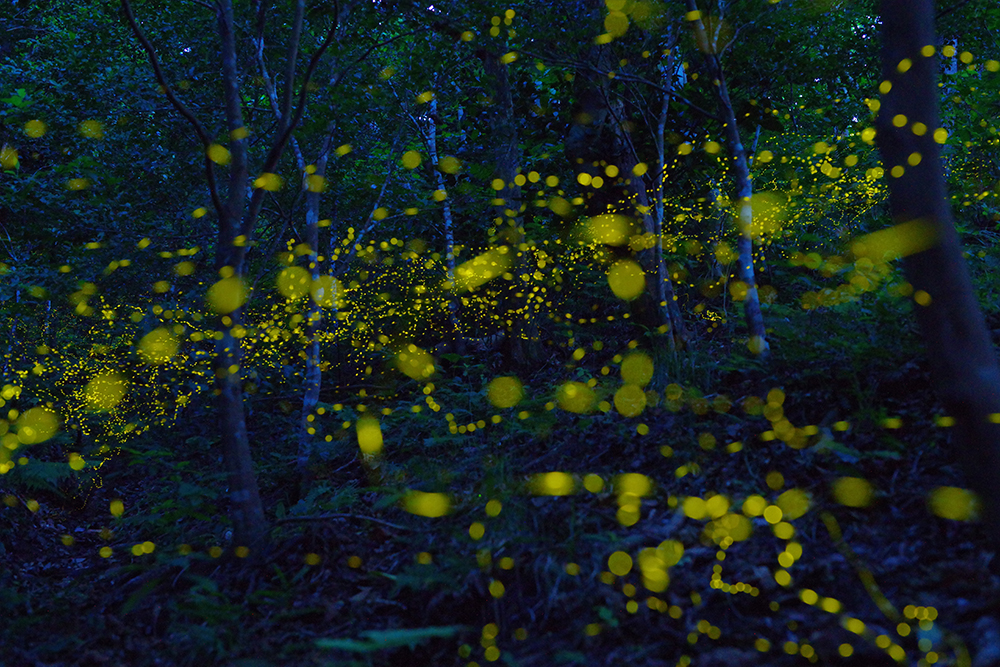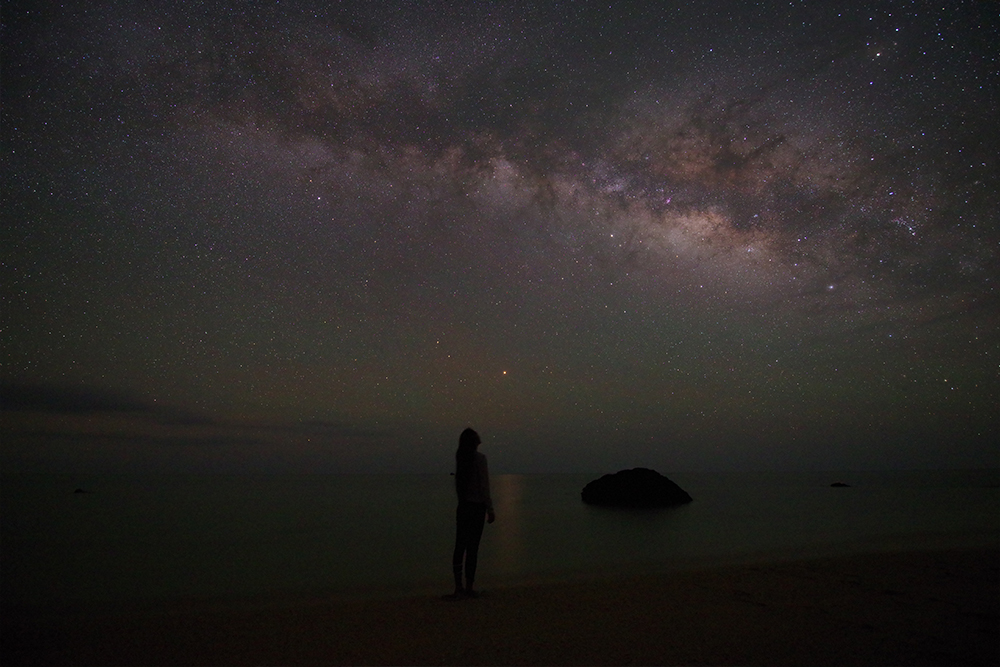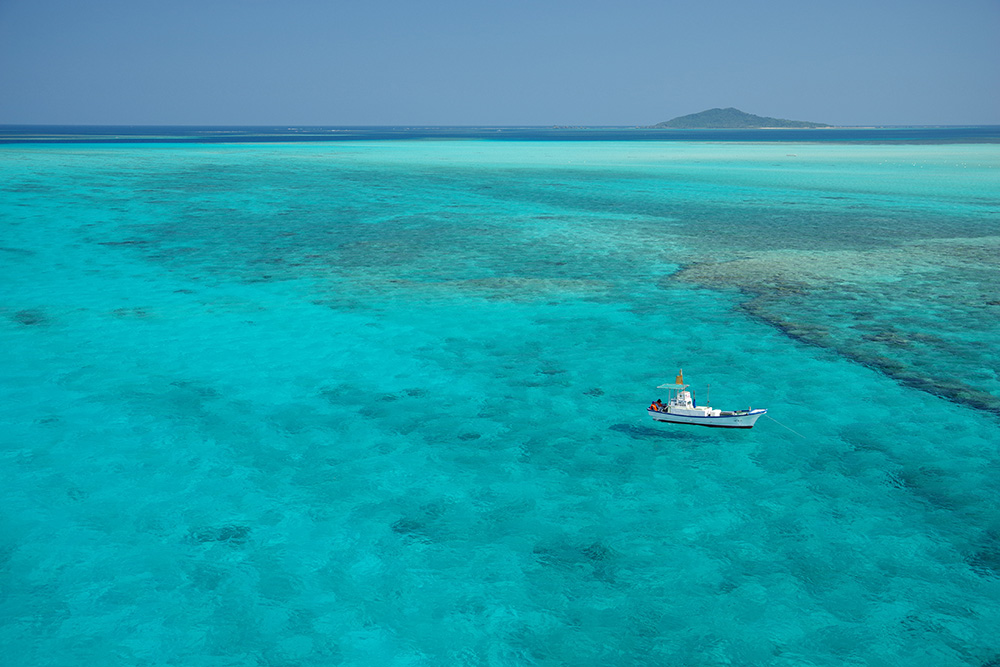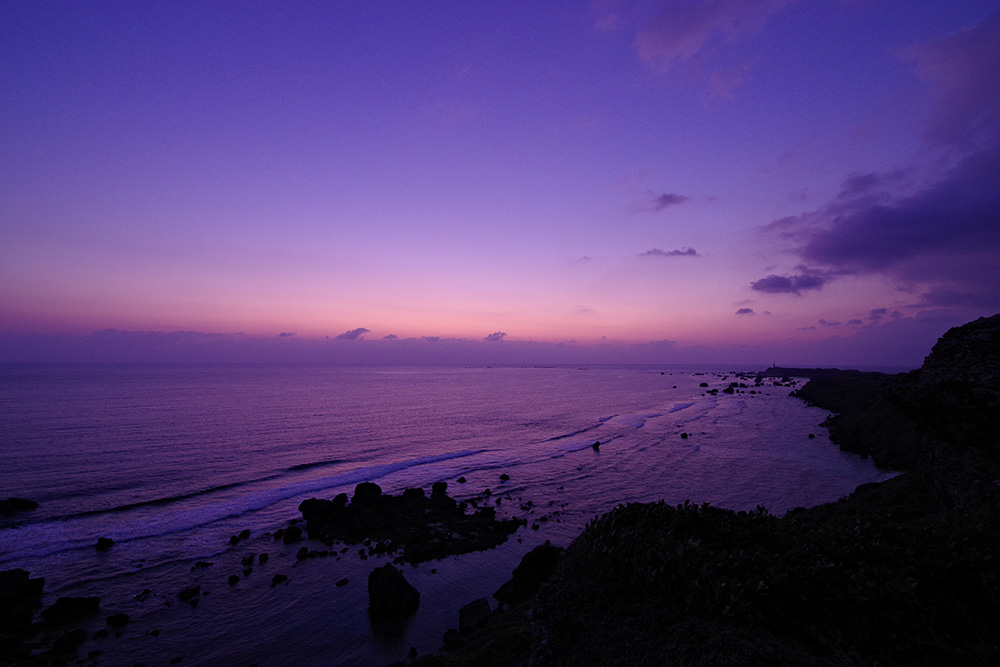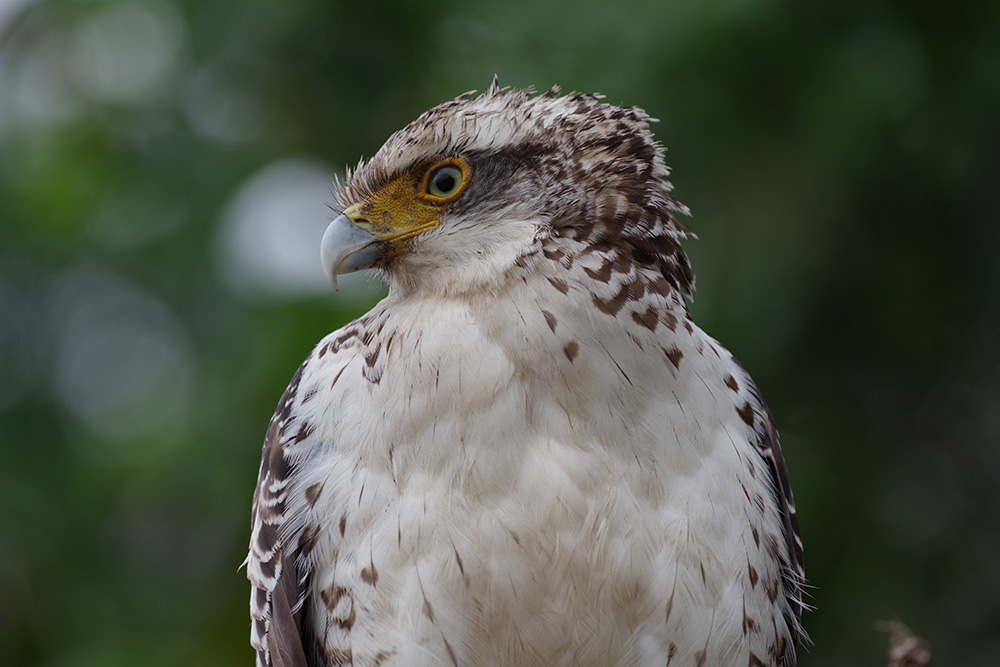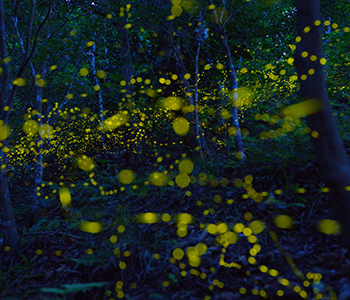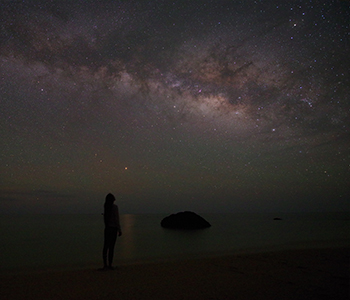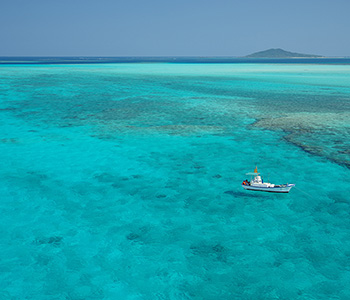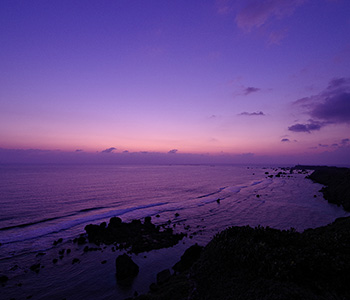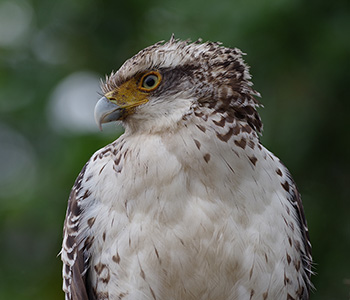

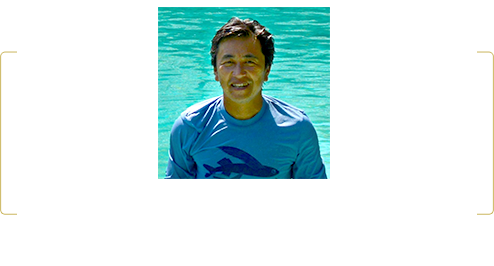
In the days of film photography, my main cameras were the PENTAX 67 and the PENTAX 645. I was very pleased to find that the shape of the PENTAX K-1 Mark II reminded me a bit of the old PENTAX 67, which made it familiar and fun to shoot with.
The first thing I noticed was that the characters on the LCD monitor were wide, large and easy to read — a tremendous help to photographers at my age. Its on-screen display also turns vertical when the camera is held in a vertical position. Coupled with the flexible tilt-type LCD monitor, I found that I could shoot images in a vertical position as easily as when holding the camera horizontally.
My main subject is the scenery around the waters of Okinawa, so I’m almost always shooting in a salty sea breeze. Sometimes I encounter fierce squalls. That’s why I really appreciated the top-rated weather-resistant construction of the PENTAX K-1 Mark II.
Miyako Island boasts crystal-clear waters and beautiful white-sand beaches. The 15-30mm lens suffered little distortion even at the wide-angle end. Although I used a tripod in some shots, the camera’s five-axis, five-shutter-step shake reduction mechanism delivered sharp images even in handheld shooting. On Taketomi Island, I captured lovely tropical flowers against a blue-sky background. I was impressed with the blue skies, which came out clear and spotless even without the help of a filter. I also successfully photographed a crested serpent eagle chick — a rare and protected species — using the 450mm lens. The resulting image, which revealed every detail of the tiny bird, was very impressive.
I also tried astronomical photography using the camera’s ASTROTRACER functions, and by doing so discovered that the camera performs superbly in every area. The Operation Assist Lights made it easy to operate the camera even in the dark, while the outdoor-oriented LCD monitor with a red-lit monitor display function was friendly to the eyes at night. The monitor zoom function made pinpoint focus on celestial bodies very easy, while the Digital Level simplified horizontal and vertical alignment. The camera’s simple, flawless operation was a great help when I found myself in a hurry. I also used the PENTAX K-1, but I found that the PENTAX K-1 Mark II delivered much better image quality in high-sensitivity photography.
All things considered, I expect that the PENTAX K-1 Mark II will prove to be the ultimate field camera for my future photography tours of the southern islands.
Born 1966 in Tokyo. After traveling to Kohama Island in the Yaeyama chain, Okinawa, as a marine sports instructor in 1986, he relocated to the islands after becoming fascinated by the beauty of the area. He has lived on Ishigaki Island for the past three decades, shooting Okinawa and other southern islands and capturing landscapes, underwater and aerial scenes on the theme of the colors of the ocean, island and sky. His A Guide to Secret Spots in Okinawa, published in 2016, is a collection of spectacular scenes taken on all of the 48 inhabited islands, and countless more uninhabited islands of Okinawa. Mr. Kitajima is a member of the Japan Advertising Photographers’ Association (APA).
http://okinawa-island.photos

